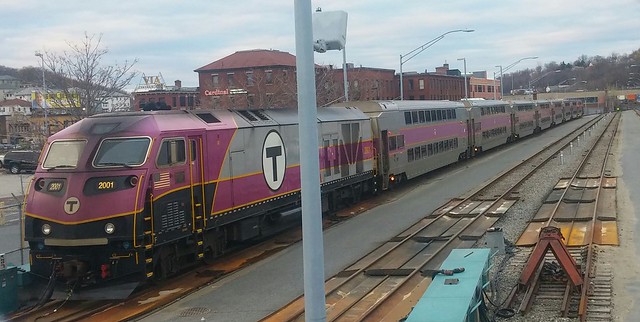MEC407 wrote:A wiper isn't going to be very effective on soot unless it also includes a washer fluid nozzle. That's an awful lot of effort, expense, and ongoing maintenance, compared to either relocating the headlight or finding some way to shield it from the exhaust.
It's easy to see that they never should have put it there in the first place, but what's done is done. And for all we know the T might have asked for it to be up there, just like they asked for most of the other things that make these units unique.
MEC:
What about designing a smoke deflector that can be installed above the headlight to deflect exhaust upward as
the engine pushes away to try and solve this problem?
Another thought is to design the exhaust port to go a couple of inches over and above the locomotive body
to try and further deflect push mode exhaust upwards - the question I have is this not possible because of
clearance issues ? (overhead wires, etc.)
This may be the easiest way to go instead of relocating the HSP46 headlight...
MACTRAXX
EXPRESS TRAIN TO NEW YORK PENN STATION-NO JAMAICA ON THIS TRAIN-PLEASE STAND CLEAR OF THE CLOSING TRAIN DOORS

